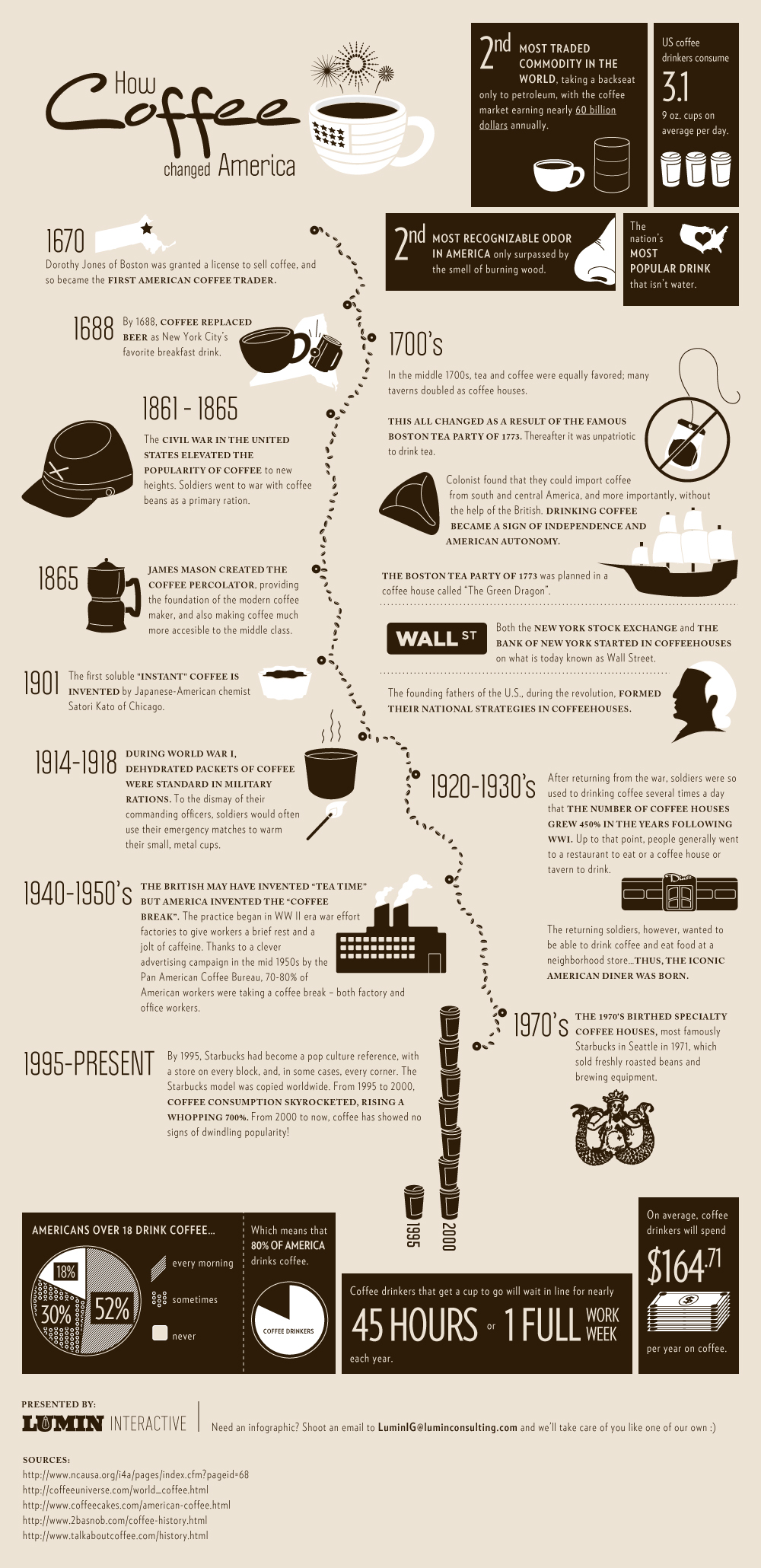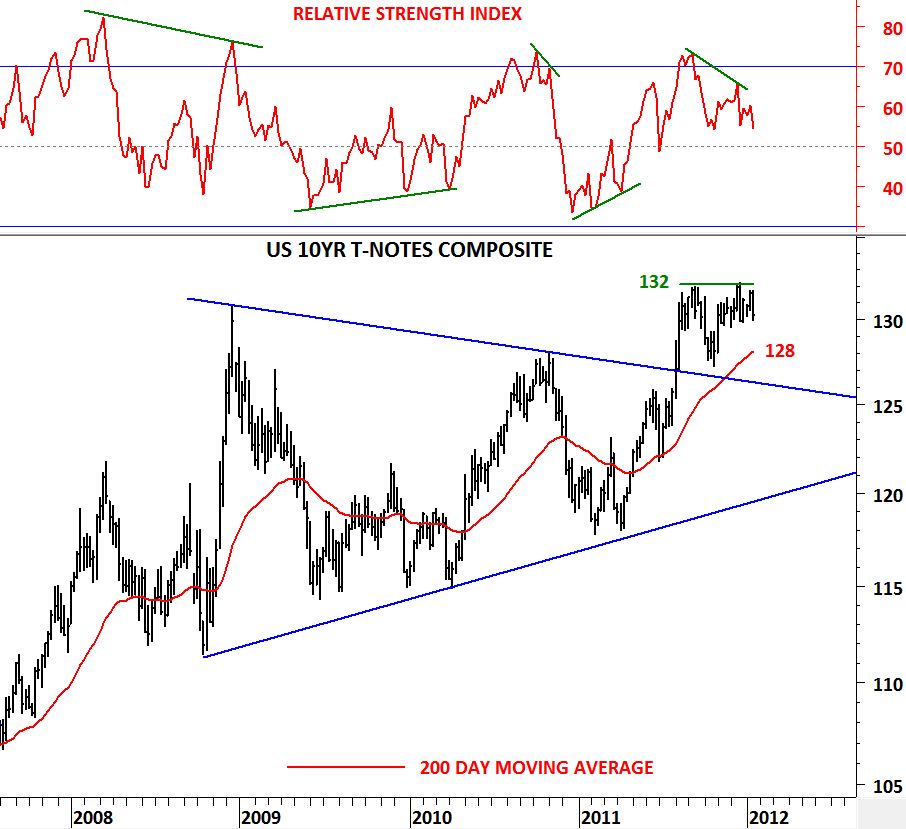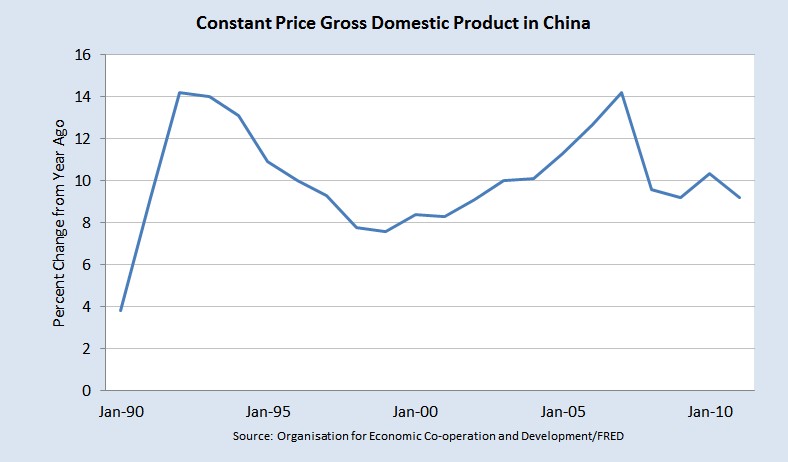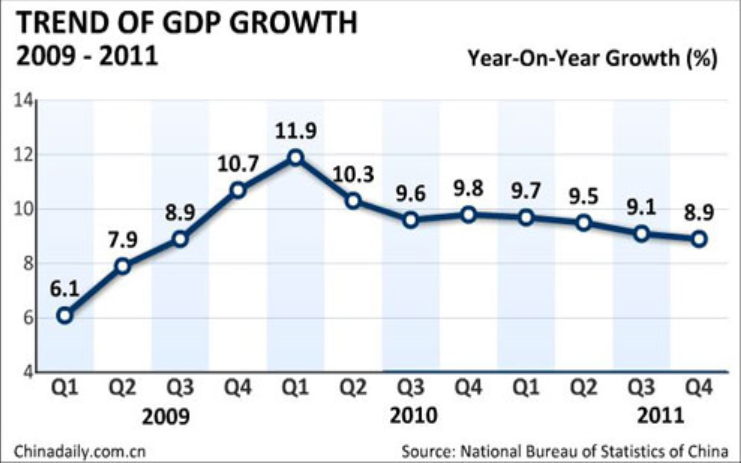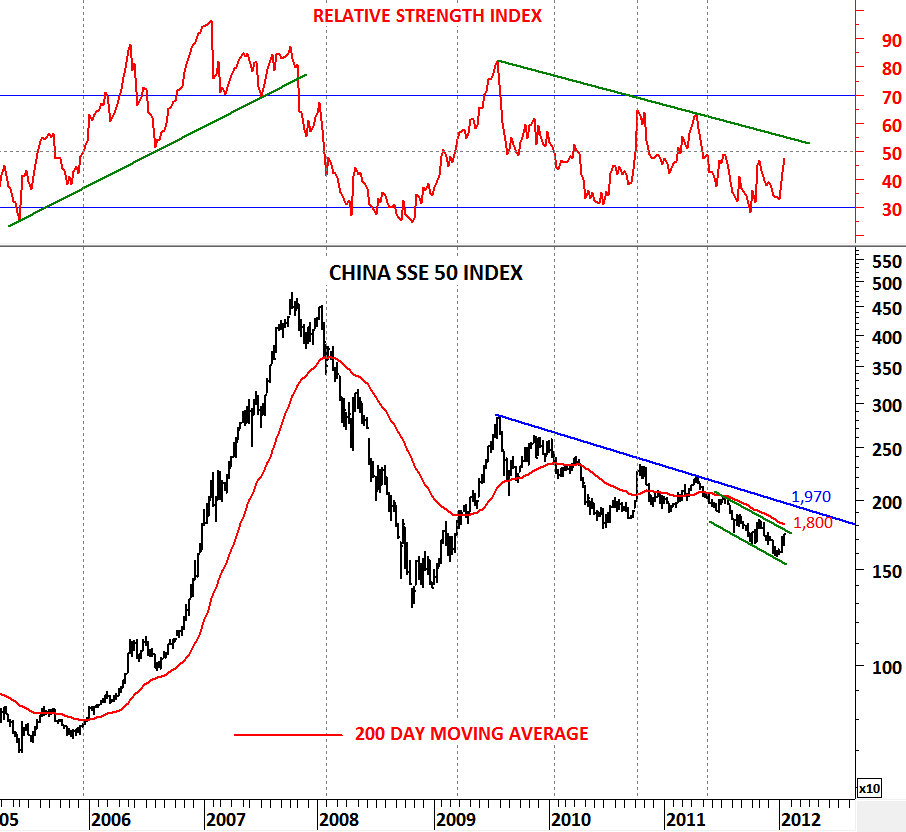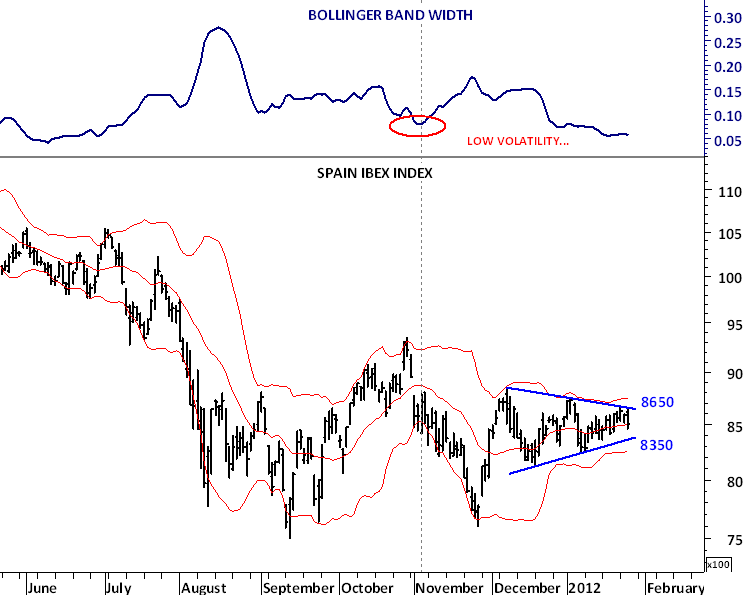
The beauty of technical analysis is that it helps us compare current price movement with past price movements and layout a trading strategy depending on the historical price movements. Chartist have developed an extensive list of chart patterns throughout the years. For those interested in learning chart patterns Thomas Bulkowski’s The Encyclopedia of Chart Patterns is a must read. In fact this was my first technical analysis book in my library back in 2000. Another book that I’m currently reading on chart patterns is Peter L. Brandt’s Diary of a Professional Commodity Trader. In this book you’ll find plenty of chart pattern applications.
You can find the book on Amazon as well as on his website.
http://peterlbrandt.com/
Similar chart patterns develop one after another on different instruments, different time frames and in different markets. I try to stick with the widely followed chart patterns and don’t search for “new generation” chart formations. Because usually new generation chart patterns are derivatives of the common chart patterns. Symmetrical triangle (coil) is one of the widely followed chart pattern in technical analysis. It’s strength comes from the perfect boundaries it forms and the breakout that follows the completion of the pattern.
I usually combine chart patterns with volatility analysis to see if the volatility has reached an extreme low level at the time of the breakout. If I see that the volatility has also decreased, I’m more comfortable with the breakout from these consolidation ranges. Followers of this blog enjoyed a perfect example of a symmetrical triangle breakout on Copper in January.
(http://techcharts.wordpress.com/2012/01/05/copper/)
In this post I’m presenting another text-book symmetrical triangle with a perfect volatility reading (6 month low). Spain’s IBEX index is now close to a breakout from this short-term consolidation range (symmetrical triangle). The direction of the breakout will be important. My suggestion as usual will be to wait for a breakout and then act on the direction of the breakout. I’m watching 8,650 level as resistance and 8,350 as support.




